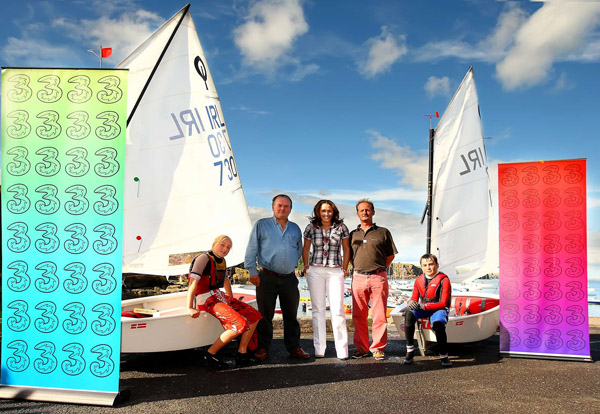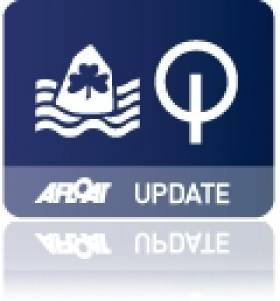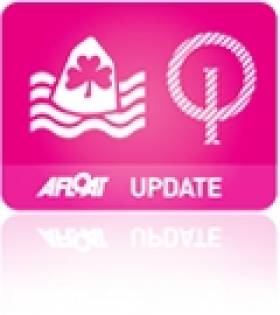Displaying items by tag: Irish Optimist Irish National Championships
Donnelly and Clapp clinch Optimist titles at Howth
After 12 races in five days in varying conditions, Sean Donnelly of the National YC and English visitor Max Clapp of the Royal Southern YC wrapped up the senior and junior titles respectively in the Image Skincare Irish Optimist National Championships 2011 at Howth Yacht Club on Saturday (20th August).
Donnelly, who led the senior ranks since the third day, could only be troubled by Sophie Browne going into the last day but the Tralee girl’s yellow flag in the penultimate race effectively extinguished her challenge, despite Donnelly’s second worst result of the series (22nd) in the final race. As it was, he had five points to spare after discards while 3rd placed Adam Hyland (Royal St. George YC) was 20 points adrift of the runner-up Browne.
The 11th race in the series was won by Kinsale’s Cliodhna Ni Shuilleabhain while the honour of winning the final race went to Peter McCann (RCYC) whose challenge evaporated the previous day with his second yellow flag and an undiscardable 68 points. Seventh overall for the Cork sailor in the 67-boat fleet wasn’t bad considering that handicap.
Irish entries filled the first five places – Douglas Elmes (RCYC) and Sean Waddilove (Skerries SC) were 4th and 5th respectively – with the first visitor being Joseph Burns (Spinnaker SC) in sixth overall.
As if to underline his total dominance of the junior championship, Max Clapp won the 11th race – his sixth bullet – and finished the series with a 6th to take the title by a very comfortable 20 points from fellow Briton Milo Gill-Taylor (Spinnaker SC).
Another 20 points back in 3rd spot was the first Irish finisher, Howth Yacht Club’s Ewan McMahon who completed a steady string of results by winning the final race, his second bullet of the championship. He had six points to spare over Ronan Cournane (RCYC) who had an impressive second half of the series (two bullets & two seconds) after a very slow start.
Race Officer for the Championship was David Lovegrove and the sponsor was Image Skincare, a range of US-made cosmeceutical products distributed in Ireland by the Howth-based company Renaissance Products Ltd.
Irish Oppys Head for Dunmore East
The Irish Optimist Irish National Championships take place next week at Dunmore East in Co. Waterford from 17th - 21st August. Below at the launch of the event at Waterford Harbour Sailing Club were (left to right) Anna Potterton (WHSC) Mark Daly (Chairman Dunmore East Tourism) Siobhan Gallagher from 3, Andrew Torrie (Commondore WHSC) and Peter Queally (WHSC)


























































